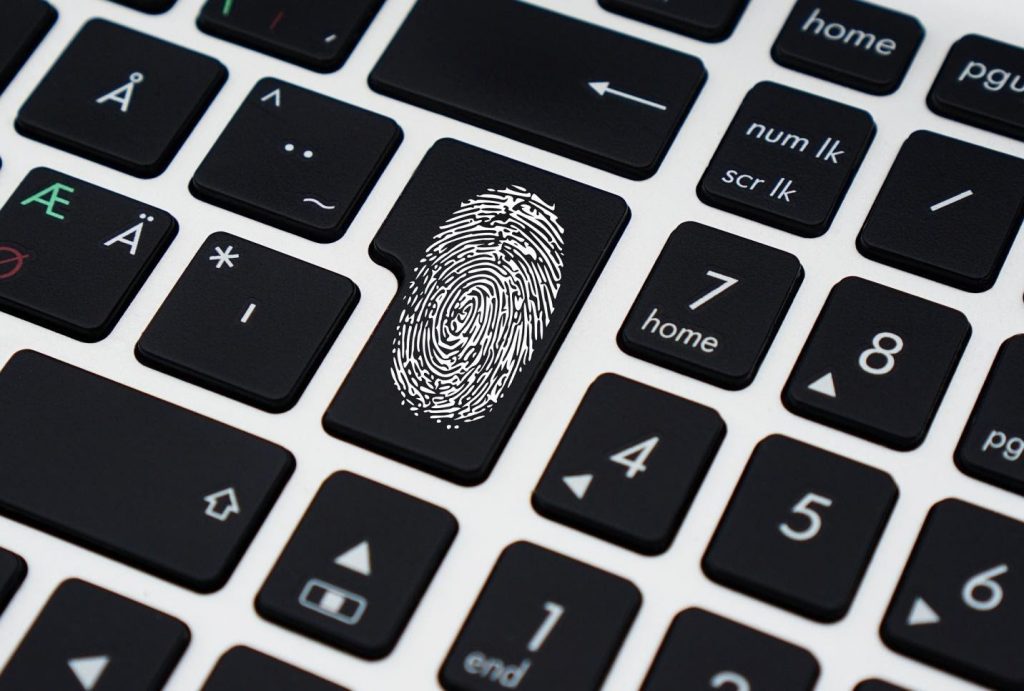The single most important thing when using any technology is protection. Your security should not be compromised. Considering the amount of information, you store in your Mac, it becomes important to safeguard your PC.
This makes it crucial to protect your MacBook with a password lock. A password secures all the information even when you are moving away for a couple of minutes. However, there are a few other ways in which you can put your Mac to sleep securely.
Discussed below are different methods for locking your MacBook for the utmost protection.
- Tweak Your Password Settings
Before drilling right into the process, it is better first to check the password settings on your Mac. You should check that your password protects your PC when it is in sleep mode as well. This works best to protect your Mac when you leave your system for a few minutes.
You have to simply go to System Preferences and open the tab named Security and Privacy. Click on the Require Password button and select the time option. The time option enables you to choose the duration, after which the PC requires a password to log in.
- Use Shortcuts on Keyboard
Once you have set your password settings, you can use various ways to lock the screen. The simplest of these is through the keyboard. When you press a combination of keys, your Mac is instantly locked, and you have to enter the password to gain access.
Pressing CTRL + CMD + Q is the best way of putting up this shield. While using this trick, please note that pressing CMD + Q will shut down the system and close all the tabs you are working on.
- Use the Menu Bar
Some users feel nervous about accidentally shutting down their Mac with the keyboard method. For them, the easiest solution is to use the Apple menu bar.
Find the Apple logo on the top-left side of your Mac’s screen and click on it. You will get the lock screen option in the dropdown menu. Click on that, and you are all set to go away from your PC without worrying about any intruders!
- Use Hot Corners
The macOS comes with a feature named Hot Corners to attach some fixed command to all the corners of your screen. You can use this feature to create a seamless process for locking your screen.
There is an easy setup process. Visit the System Preferences section and go to Desktop & Screen Saver > Screen Saver. Here, you will find the Hot Corners option on the bottom-right side of your screen.
When you click on this option, you will find a dropdown menu for each corner. Pick a corner you like and allocate the Lock Screen or Put Display to Sleep option from the dropdown menu. Once you enable this setting, you have to take your cursor to the selected corner, and your Mac will automatically go to sleep.
- Use Fast User Switching
This is an extension to the Menu Bar option to lock your MacBook. Visit the System Preferences section and go to the Users & Groups option in the dialog box that opens. Choose Lock and enter the password to visit Login Options.
You will find an option called “Show fast user switch menu as” and enter your name. With this, you can lock your screen using the Login Window.
- Add the Lock Icon to Your Dock
This is probably the trickiest option of all. But it’s convenient for locking your Mac. You have to open the Finder app and click on the Go To Folder option. On entering the given path, you will be redirected to the Resources folder.
/System/Library/Frameworks/ScreenSaver.framework/Versions/A/Resources/
Find the ScreenSaverEnginer dock in this folder. Drag it to the dock, and you are all set! Whenever you click on this icon, it will automatically lock your screen and display the screensaver.
Summing Up
Your MacBook’s security is probably the biggest concern. While some users try to defend their information from nosey colleagues, others try to keep their systems secure. Whatever the reason may be, the above-listed ways are some tried and tested methods for ensuring your Mac’s security.
